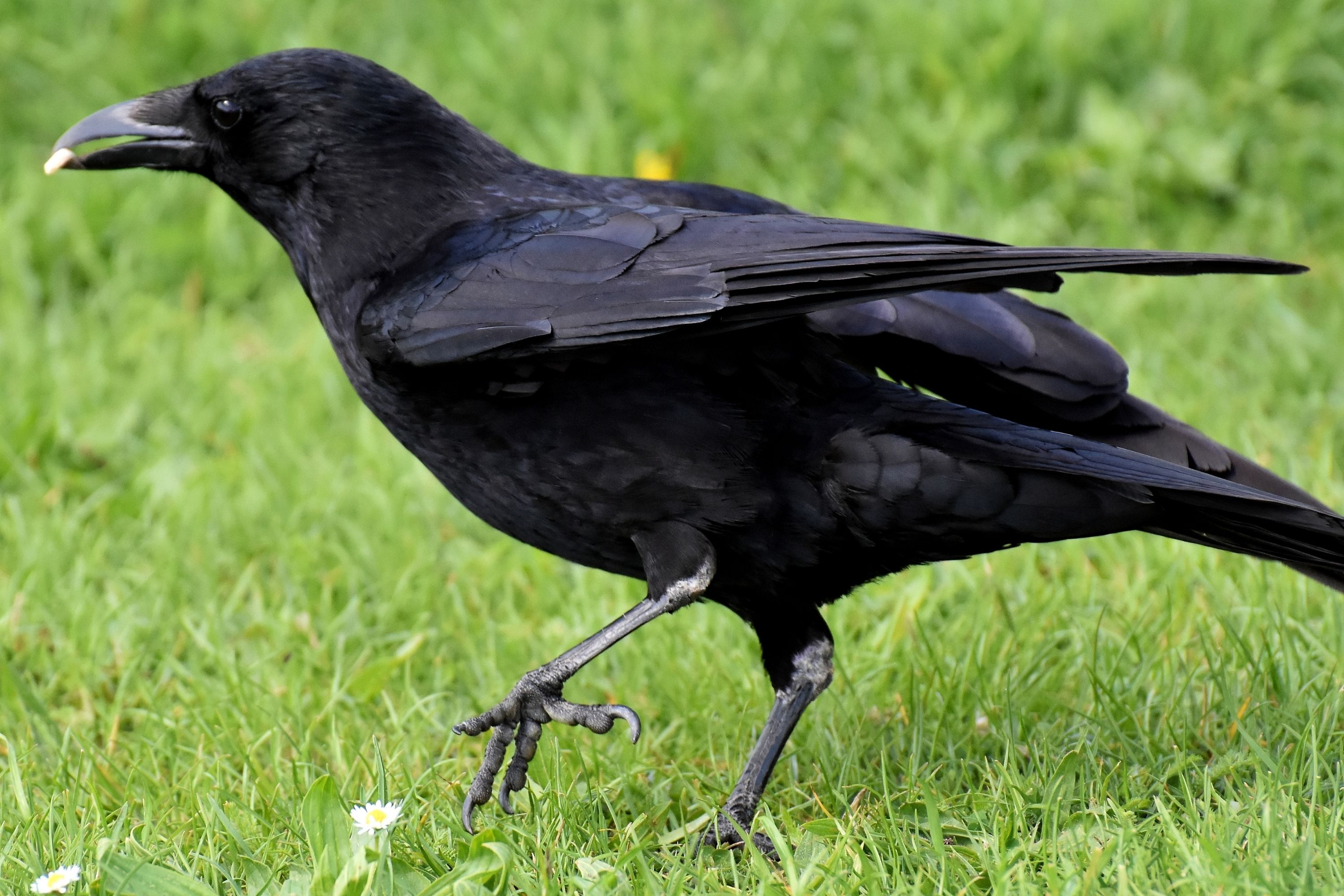Sinaloa crow
(Corvus sinaloae)

Description
The Sinaloa crow (Corvus sinaloae) is a crow native to western Mexico. Visually, it is nearly identical to and the same length (34–38 cm) as the Tamaulipas crow (Corvus imparatus). It has the same purple-glossed, silky, black plumage with a black bill, legs, and feet. The two species differ markedly in voice. It occurs on the Pacific slope from southern Sonora south to Manzanillo. The crow inhabits coastal regions where it forages on the seashore, semi-desert, open woodlands, river banks and hills up to 300 metres or more. It is very common around coastal towns and villages. Food is taken both on the ground and in trees. On the seashore it can be found turning over objects to find its food and it will take a wide range of invertebrates such as small shellfish, crabs, and insects. Fruits of many types are also taken and eggs and nestlings are also on the menu when opportunity arises. Often, this bird will nest in a thorny tree or a tall coconut palm where its nest is said to be similar to the American crow though smaller. The voice is radically different from the Tamaulipas crow in that it is quite high-pitched, jay-like, and clear: "ceow". That of the Tamaulipas crow is a surprisingly low, gruff, frog-like croak. Corvus is a widely distributed genus of medium-sized to large birds in the family Corvidae. It includes species commonly known as crows, ravens and rooks. The species commonly encountered in Europe are the carrion crow, the hooded crow, the common raven, the jackdaw and the rook; those discovered later were named "crow" or "raven" chiefly on the basis of their size, crows generally being smaller. The genus name is Latin for "crow". The 45 or so members of this genus occur on all temperate continents except South America, and several islands. The Corvus genus makes up a third of the species in the family Corvidae. The members appear to have evolved in Asia from the corvid stock, which had evolved in Australia. The collective name for a group of crows is a "flock" or a "murder" Recent research has found some crow species capable of not only tool use, but also tool construction. Crows are now considered to be among the world's most intelligent animals with an encephalization quotient equal to that of many non-human primates.
Taxonomic tree:







